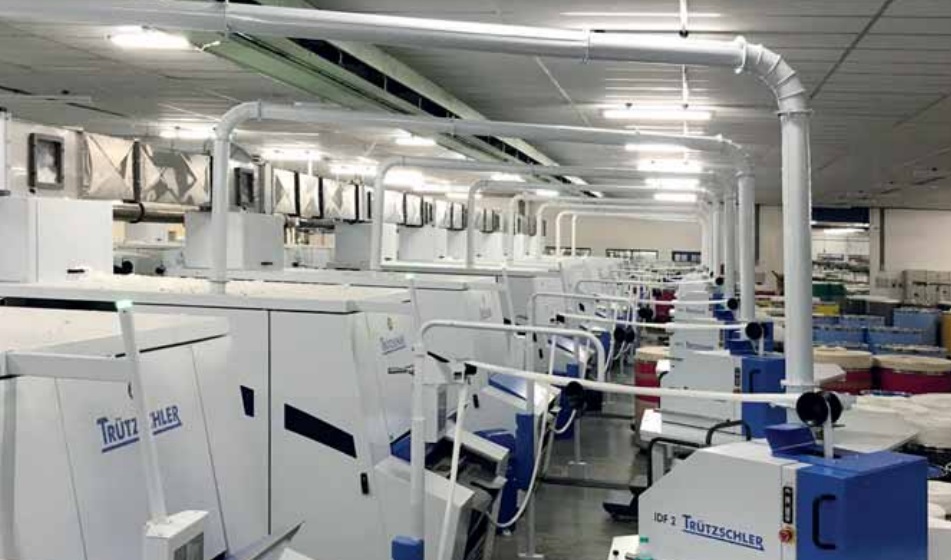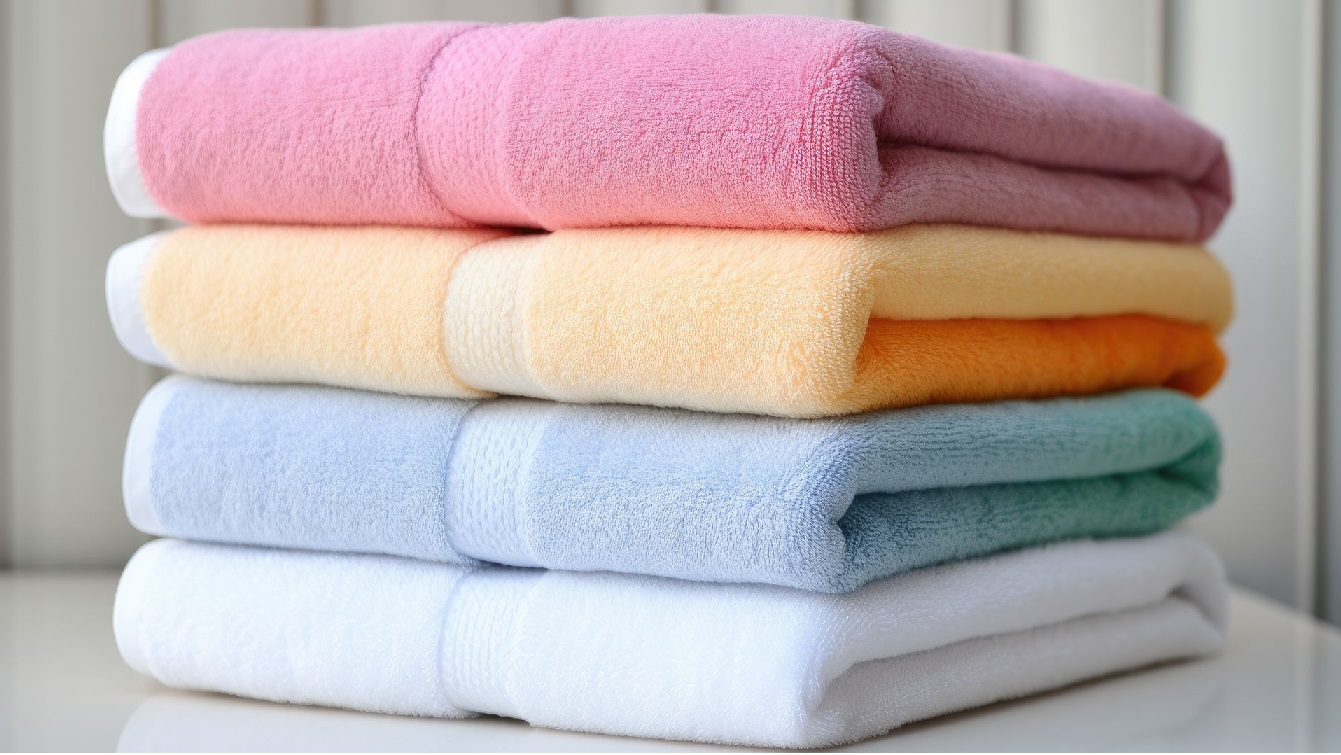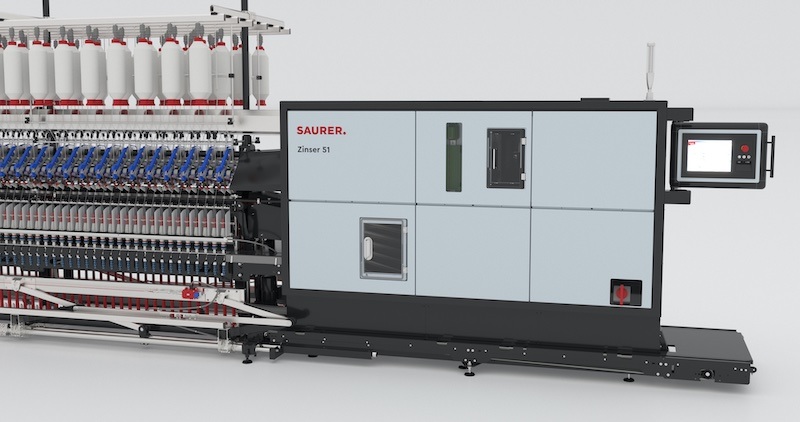Textile EPR (extended producer responsibility) is a new policy that will affect the textile industry in Europe and beyond. It will make the producers and importers of textile products responsible for their waste management and encourage them to design more sustainable and circular products. But what exactly is Textile EPR and how will it impact consumers and companies? In this article, we will explain what Textile EPR means, which regulations currently exist in Europe, what consequences this will have for consumers and companies, and what is the intention of this Textile EPR.
What does EPR – or Textile-EPR – actually mean?
- EPR stands for Extended Producer Responsibility, a policy approach that makes the producers and importers of products responsible for the entire life cycle of their goods, including the waste management stage.
- EPR for textiles aims to encourage companies to reuse or recycle materials and provide a large proportion of them as a new raw material.
- EPR exists in other sectors such as car tyres, cars, mattresses, packaging, electrical appliances and batteries.
Which regulations currently exist in Europe?
- The European Commission is considering EPR as a regulatory measure to promote sustainable textiles and treatment of textile waste in accordance with the waste hierarchy.
- France is the only EU country with an EPR scheme for textiles, while Belgium has a voluntary scheme.
- The Netherlands, Sweden and the UK are planning to introduce EPR schemes for textiles in 2023 or 2022. Other European countries may also follow suit.
What consequences does this have for consumers and companies?
- Consumers will not be directly affected by the EPR, but they will be able to hand in their textiles at collection points and thus contribute to the circular economy of textiles.
- Companies will have to bear the costs and obligations of managing their textile waste, which could incentivize them to design more durable, recyclable and less wasteful products.
- Companies will also have to comply with the standards and regulations set by the EPR scheme, which could vary across different countries or regions.
Who will be affected?
- All companies that professionally offer clothing on the European market will be affected by the EPR, regardless of their size or location.
- This includes manufacturers and importers of consumer clothing, workwear and corporate clothing, as well as table, bed, table and household linen.
What do I have to do if I am affected?
- If you are affected by the EPR, you will have to register with an authorized waste management organization that will handle your textile waste.
- You will also have to report your sales data and pay a fee for each garment you create to the organization.
- You will also have to label your products with information about their composition and recyclability.
What is the intention of this Textile EPR?
- The intention of this Textile EPR is to reduce the environmental impact of textile production and consumption by promoting circular economy principles.
- The EPR aims to increase the reuse and recycling rates of textiles, reduce greenhouse gas emissions and resource consumption, and prevent textile waste from ending up in landfills or incinerators.
- The EPR also aims to stimulate innovation, collaboration and new business models in the textile industry.



